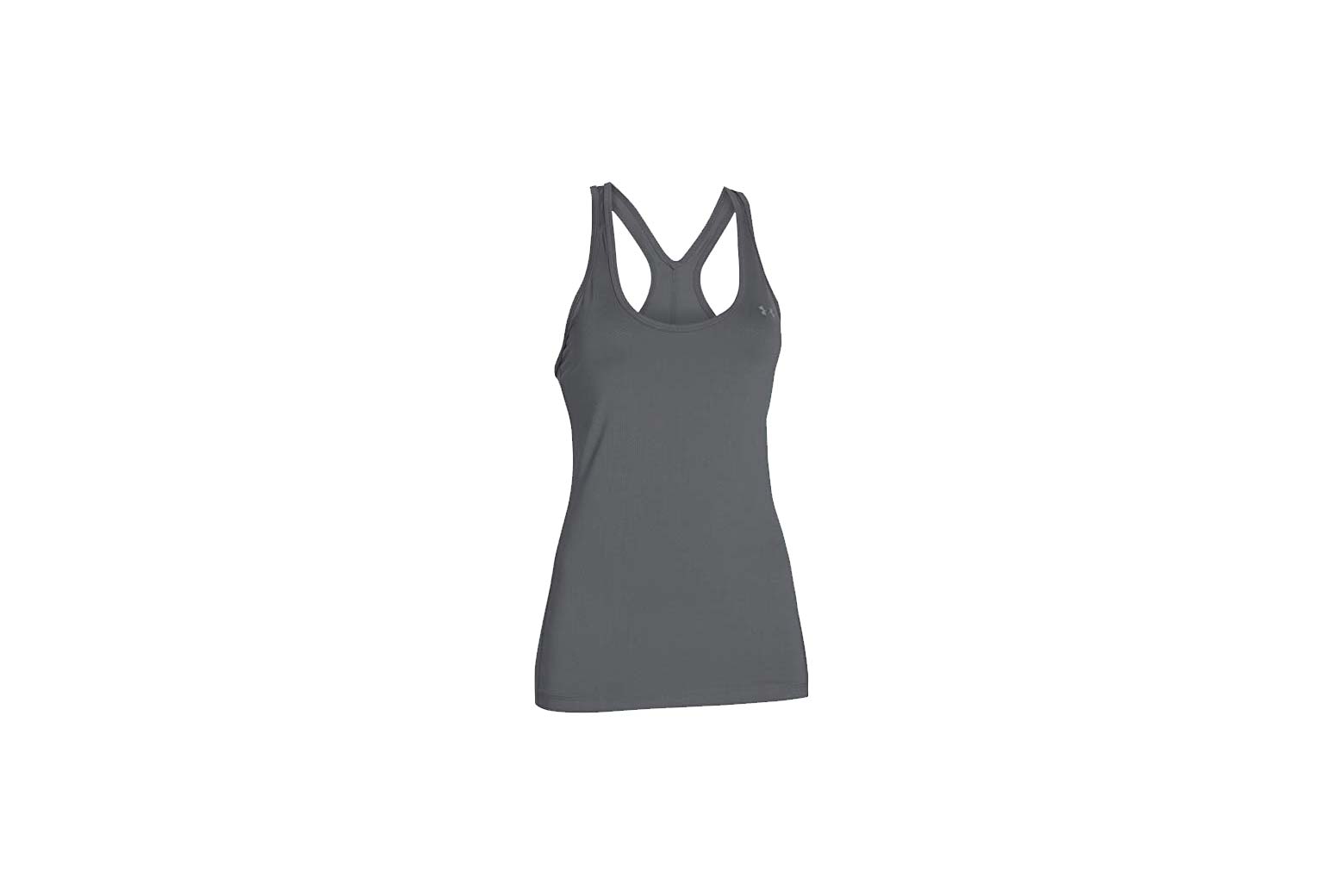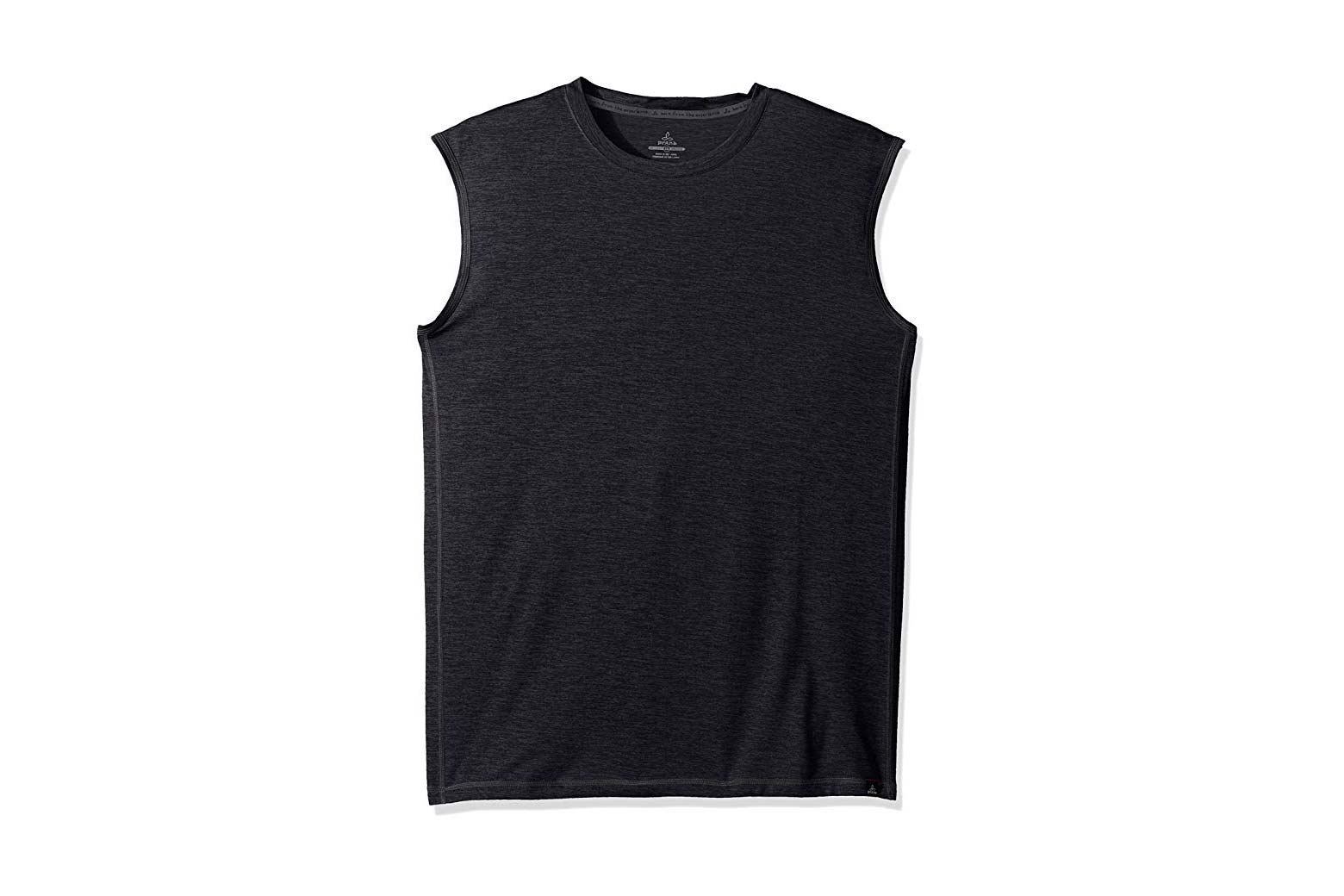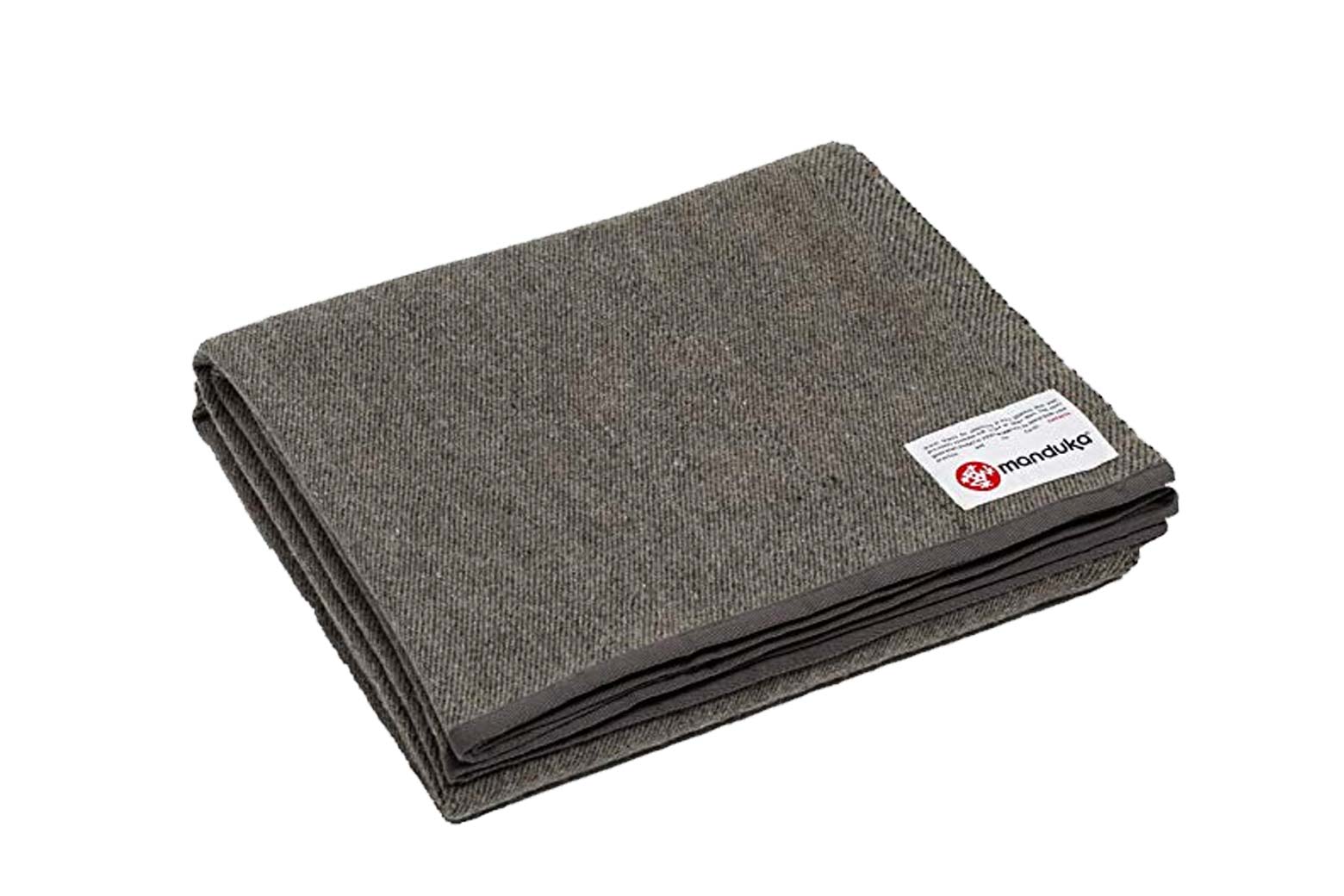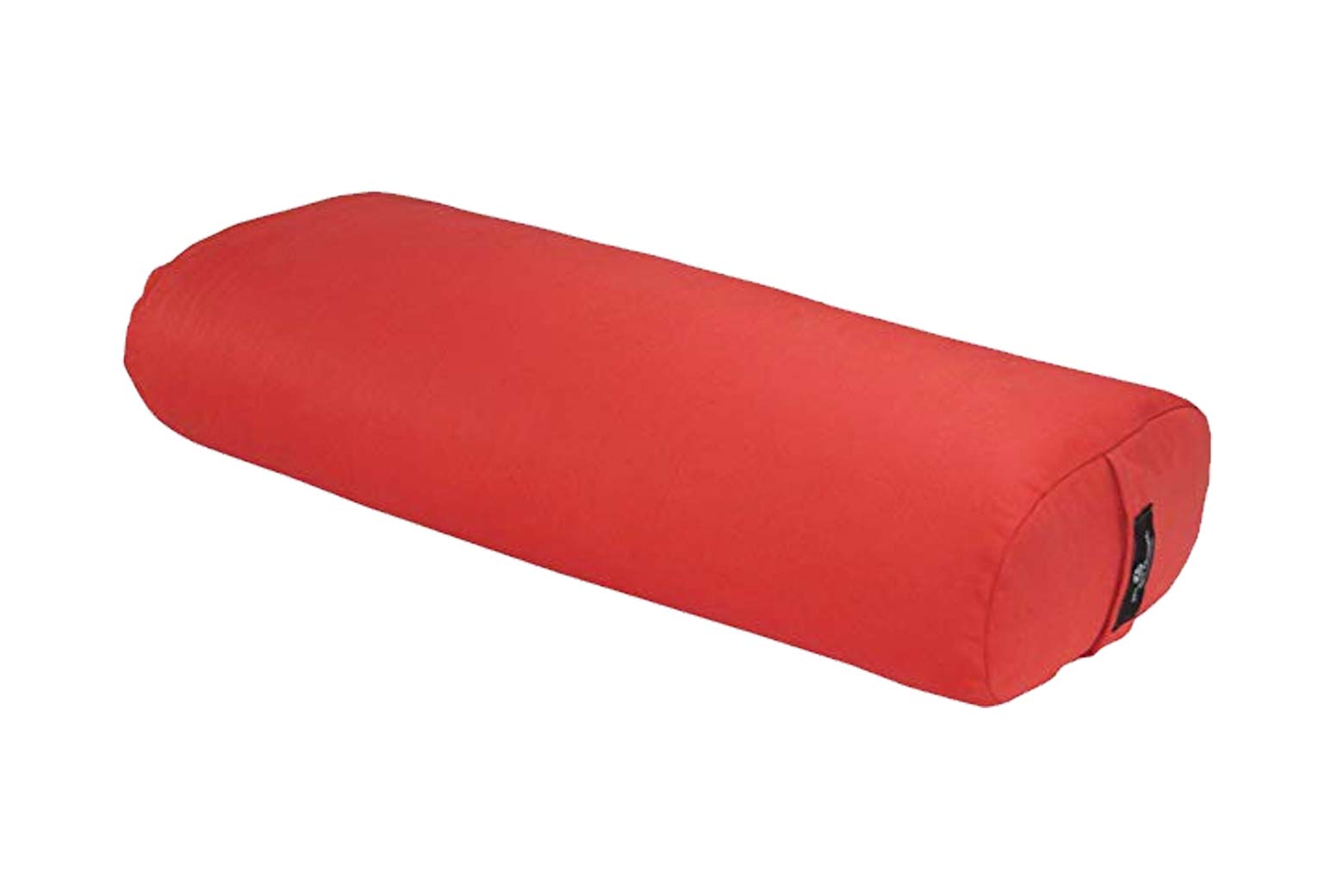Read more from Slate’s Cheapskate’s Guide to Hobbies. Looking to get in shape? Take up running. Love cooking? Bread baking is enormously gratifying. Seeking something to do with your hands to stay off your phone? Try sashiko, a simple, ancient Japanese needle craft.
It’s true what they say: Yoga is for life. If you’re contemplating starting, let me say, it’s never too late. I started in 2001, before yoga was so loudly touted to help you sleep better, de-stress, give you toned arms, or make you into Beyoncé. Of course, it did all these things back then too (well, except the Beyoncé part), but it was a little less omnipresent. I lived in New York City, where it was easy to find a studio, but I often resorted to my roommate’s Alan Finger DVDs when I wanted to do some hungover yoga on Sundays.
In graduate school, after a half-decade of seeking out exercise-oriented yoga classes that would punish me with thousands of extremely quick vinyasas, I discovered Anusara yoga, a more detailed style that emphasizes alignment over speed. I was so obsessed, attending daily classes, that I became nigh-insufferable on the topic of Anusara’s superiority to the more-brutal, less-philosophical kinds of yoga that emphasized power over subtlety and precision. I’d look at “vinyasa people” and scoff internally at their poorly constructed triangle poses. Yes! Yoga can make you into a worse person, and in this phase, I was proof!
These days, I live in a smaller town with fewer yoga-studio options, and I have to squeeze in my exercise before my toddler wakes up. Missing that steady “one of the regulars” atmosphere I loved in my Anusara days, I got into CrossFit. But I still go to a yoga class once a week—I’m much less critical when I’m there!—and do video classes at home.
I’ve stuck with it for almost two decades, and it’s a hobby that’s become part of who I am. I love that its benefits often thread through my everyday life. It’s taught me how to shift my center of gravity so that I can stay balanced when the toddler I’m carrying unexpectedly lurches left or right, how to sit well at my desk, how to slow down and breathe when I’m worried I can’t get everything done that needs to be done.
The fact that yoga is so popular now is both a blessing and a curse to those who still haven’t jumped on board. It’s easier to take up because of its prevalence, but it’s also easier to get fooled into thinking every item at Lululemon is a necessity. I’ve purchased far too many unnecessary eye pillows and mat bags over the years, and I’m here to tell you that, in fact, a beginner yogi needs very, very little equipment. Here’s what you do, and don’t, need to acquire to start doing yoga on the cheap.
If you’re going to take classes at a studio:
Terminology can be prohibitive when you’re first investigating studio classes. Not only are there many schools of yoga, but some studios invent their own names for particular classes they’ve devised. Yoga Journal has a very good explainer of the different general types, but because teachers have such different approaches, consider asking the studio which teachers are best for beginners. In fact, seek out a beginners’ class, even if you’re very physically adept or worried that you won’t “get enough exercise” from it; you’ll be glad for the slow pace and increased attention from the teacher when you’re starting out.
About that. When I began going to classes, the last thing I wanted was for the instructor to talk with me personally, make comments about what I was doing, or issue corrections. Don’t be like me! I’ve since learned that teachers who give good individual advice during class are worth their weight in gold. Ask who at the studio is good at giving feedback, and take that person’s class.
Many studios offer mats to rent or borrow. They typically supply bottles filled with great-smelling lavender-essential-oil mat spray, which students use to wipe mats down at the end of a class. (Some may also wash the mats periodically; you can ask.) This level of decontamination may be acceptable to you, in which case, borrow and rent away! Or it may not, in which case you will want to look into getting your own mat.
I recommend the Jade Voyager yoga mat, for a few reasons. It’s the more affordable cousin of a super nice mat, the Jade Harmony, which has my all-time favorite smooth-yet-somehow-non-slip surface. The Harmony has never pilled up after long-term use and rubbed off on me, unlike some mats I won’t name! The Voyager is thinner than the Harmony, which is why it’s half the price, but it has the same nice look and feel. It saves you the cost of a separate yoga-mat bag or strap, because you can fold it up and stick it in a backpack. And if you end up hooked on yoga, you can get a more expensive mat and demote the Voyager to its intended travel status.
Make sure you wear a shirt that won’t ride up over your back when you’re in downward dog. A loose one will expose you, and some vinyasa classes feature so many downward dogs that this becomes a serious issue. The first few times I went to a yoga studio, I spent half the time doing shirt management, tucking, retucking, and silently fretting.
You don’t have to go Lululemon to achieve shirt security, though there are Reddit-derived lists of good yoga-wear options out there. Under Armour has an affordable women’s tank that does the trick.
Under Armour HeatGear racer tank
This tank won’t expose you while you’re practicing yoga.
For men, a sleeveless, slightly tighter tee, like this one from Prana, can work.
One more thing: If you plan to go to hot yoga, sweat management will become an issue. Find out ahead of time whether the studio provides towels. If it doesn’t, you may want to bring some from home. I don’t really believe in hot yoga (though this fear isn’t based in very much scientific evidence, I worry that the style is conducive to overstretching), but the few times I’ve been, I’ve used three small towels—one at the front of the mat to stabilize my hands, one at the back for my feet, and one to the side, to wipe my brow. If you do want the kind of yoga-specific towel that covers your mat, Gaiam has one that’s fairly affordable.
To practice at home:
Unless you’re roommates with a yoga teacher, in-home yoga practice offers no feedback—and I do think professional support is important, especially when starting out. But studio classes can be wildly expensive, especially in big cities, and your schedule might not allow you to get to a class in person.
If that’s the case, I recommend trying out a yoga video. Glo—formerly known as YogaGlo—is the best yoga streaming service I’ve found. Yes, you pay $18 a month (unlike yoga videos you can find on YouTube), but you pay for excellent teaching from experts. The videos have a standardized, ad-free, minimalist look, and are recorded by camerapeople who know how to show poses from the angles that matter. You can filter classes for duration, style, and props required, and they have beginner-specific classes and programs. They have yoga conditioning and Pilates options now too.
The at-home yogi will benefit from some very basic equipment. (Yoga studios typically provide this.) Glo has yoga videos that are keyed to people who don’t have props, and there are substitutions you can make if you don’t want to buy any. You could even go mat-free—an option that’s especially feasible on a carpeted surface—but be warned that you may slip a lot when you’re first figuring out how to do the poses. But props, if you can afford some, are great for beginners and extremely helpful for one of the best types of yoga you can do at home—restorative, or yin, in which you form shapes, lie there, and breathe.
A block-and-strap set, like this one from Gaiam, will help you extend your arms and align yourself better in standing poses like triangle and ardha chandrasana. This particular block is made of foam, which makes it comfortable when, say, propping up your lower back in a restorative setubandhasana, or bridge pose.
The Gaiam set is a great bargain because it includes a strap, which helps in balancing postures like utthita hasta padangusthasana, or extended hand-to-big-toe pose, but I use it the most when I’m lounging around on the floor at home and doing that same pose lying down (supta padangusthasana). It allows you to really stretch and strengthen your hamstrings over the course of a relatively long hold without hyperextending your shoulder and arm to do it.
Gaiam Essentials yoga block and strap set
This block set can help with difficult poses.
Yoga blankets can be helpful when folded up to, say, provide a nice, stable elevating platform to sit on so that you can get your knees below your hip flexors and relax. You can use one you already have, like a twin-size wool blanket, but know that the most important thing is that the blanket should be super flat and dense. (That’s why wool is good, even though it seems like it’d be itchy!) If you don’t have one that fits this description, there are millions of affordable, brightly striped yoga blankets on Amazon, like this one from Meximart. Manduka has the nicer neutral-colored recycled ones that can do double duty on a twin bed, if you decide yoga’s not for you.
Meximart yoga blanket
This dense yoga blanket can provide a nice platform to sit on.
Bolsters (like this one from Hugger Mugger) can be fairly expensive but are make-or-break for many restorative poses where you lie around in postures that open your body. I use mine for many other purposes—I put it at the end of the couch to make a good, solid armrest that’s taller than the couch’s arm; I use it on my lap to elevate my laptop to a better height for typing—so if you feel like splurging, know that the bolster has many uses.
Hugger Mugger standard yoga bolster
A bolster can really help with certain yoga poses.
It’s easy to be intimidated by yoga when our Instagram feeds feature people like this extremely beautiful Texan who can do a handstand while breastfeeding her toddler (it’s good for postpartum depression, you know!). But in the real world, yogis are old, young, big, small, limber, and stiff. Join us! You won’t be sorry.
Slate has relationships with various online retailers. If you buy something through our links, Slate may earn an affiliate commission. We update links when possible, but note that deals can expire and all prices are subject to change. All prices were up to date at the time of publication.







